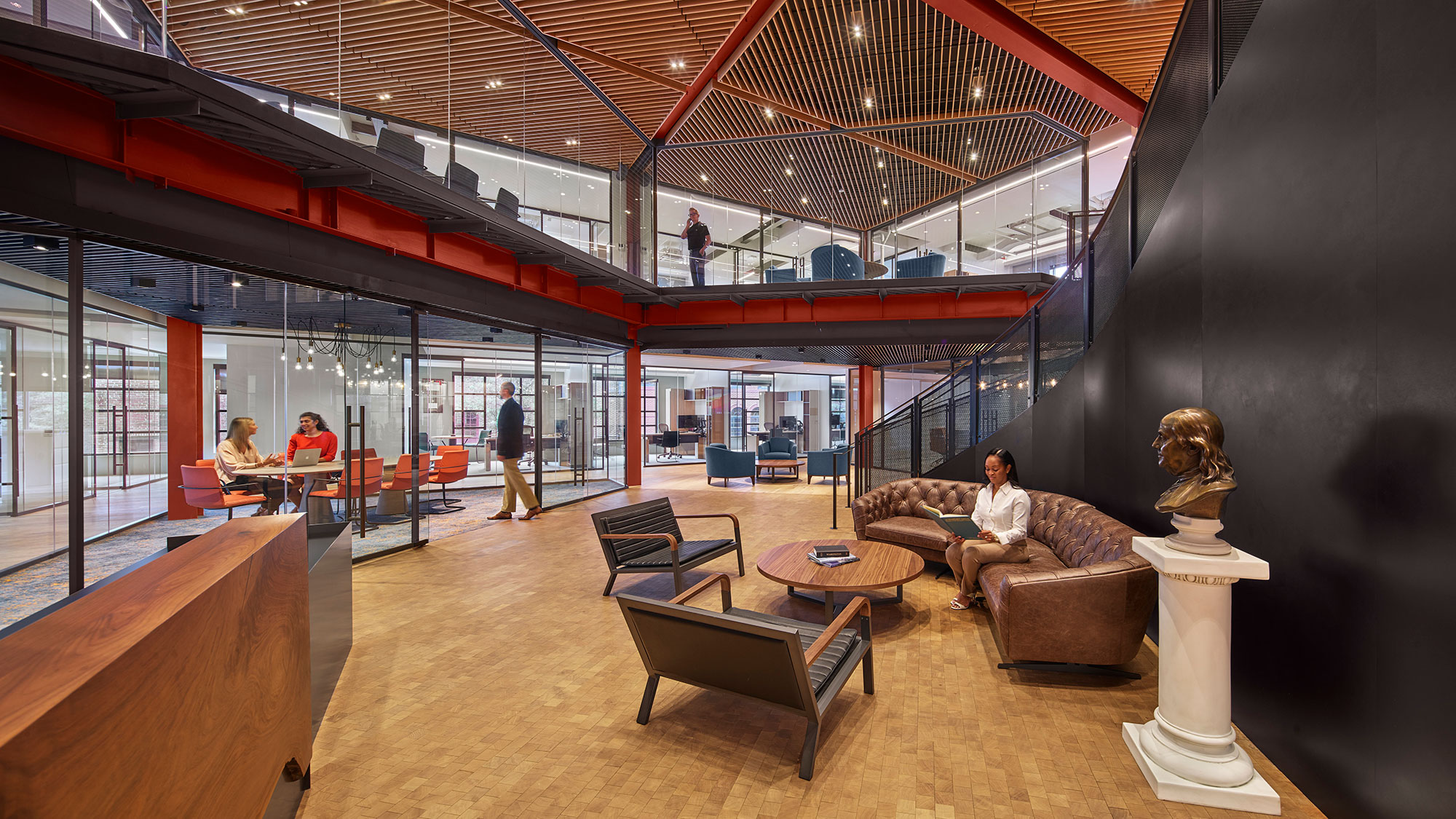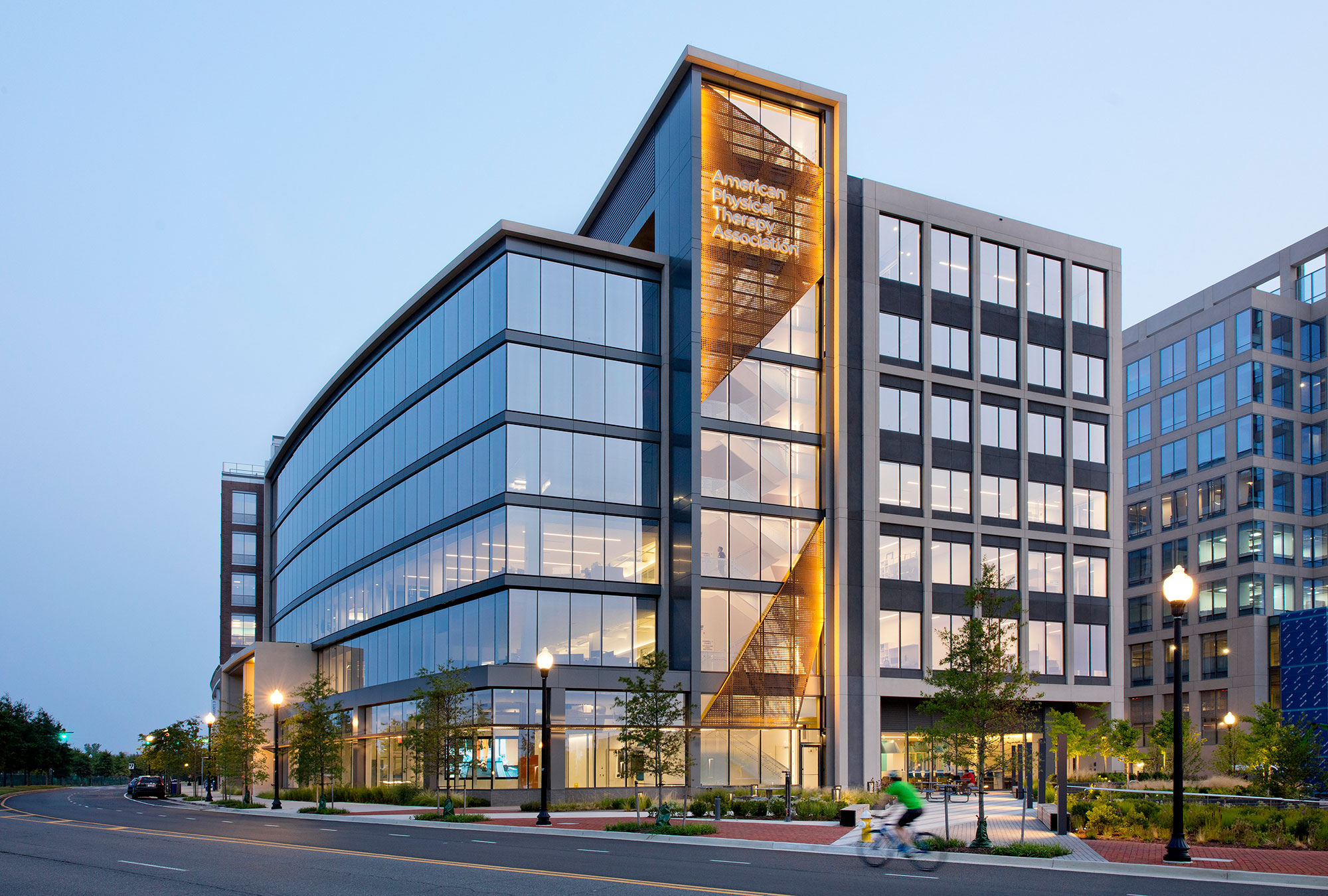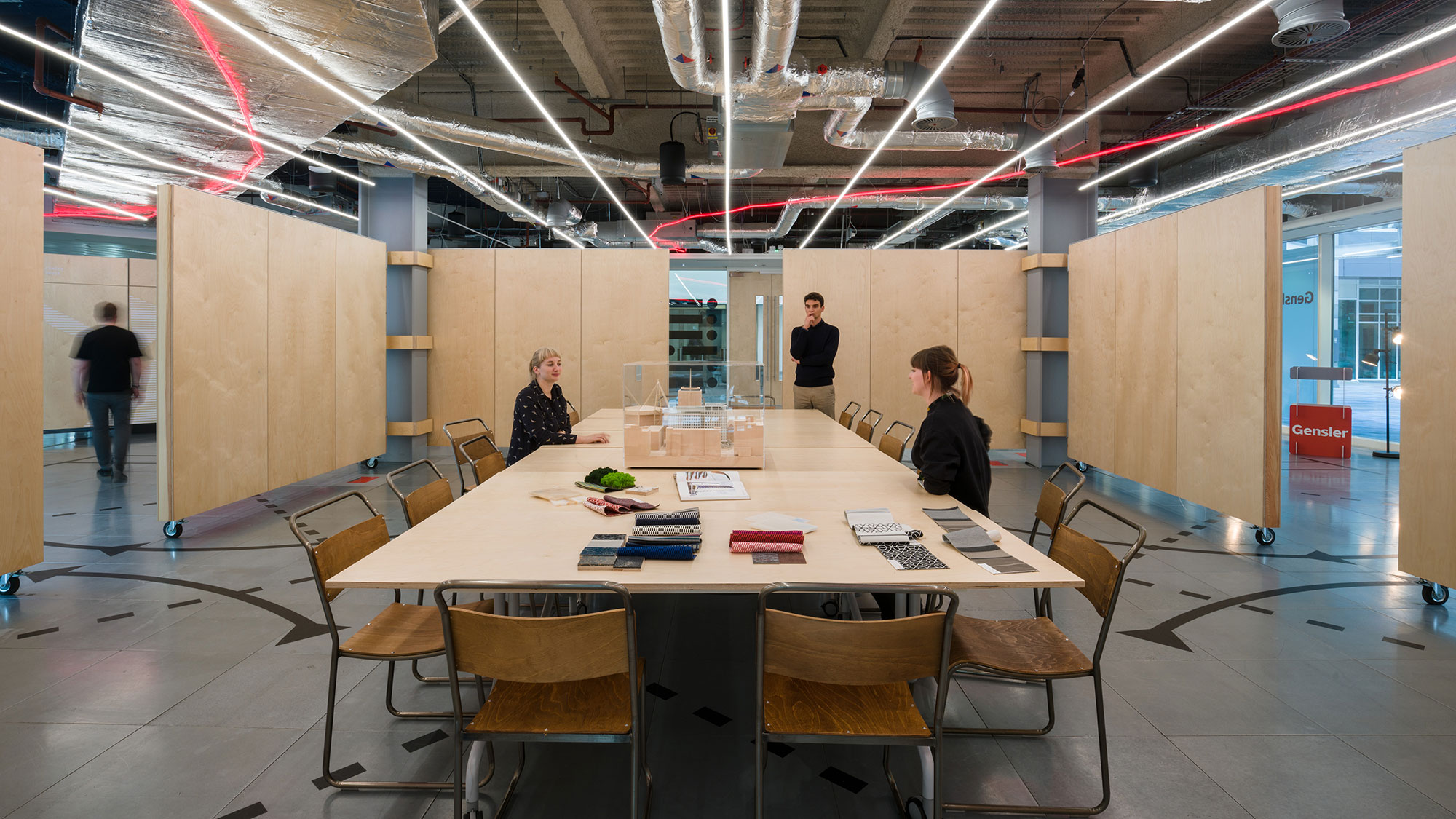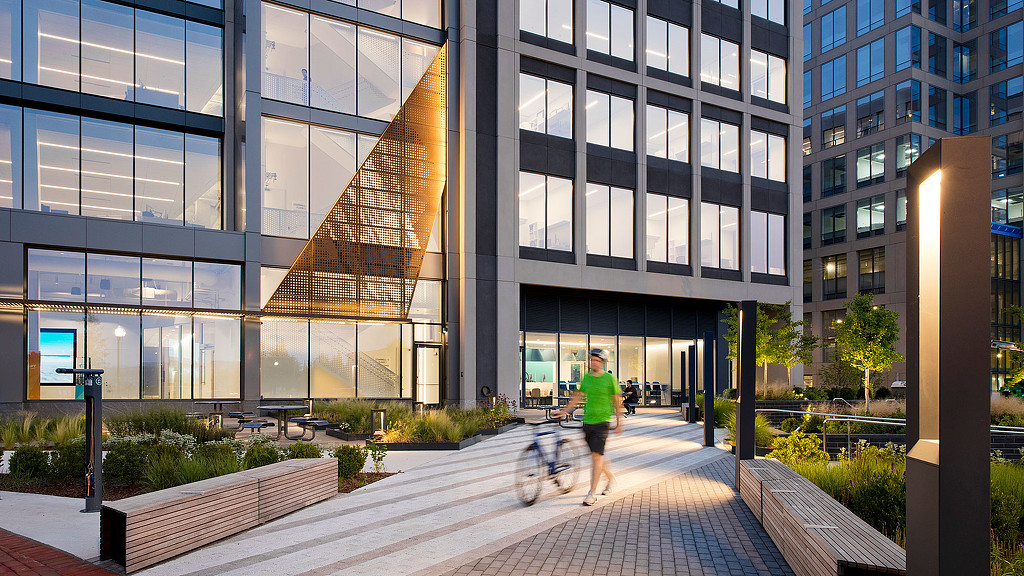Understanding Supply Chain Challenges and Opportunities in Design and Construction
March 22, 2022
Like every other industry, AEC (Architecture, Engineering, and Construction) has felt the extreme volatility of the past two years. Supply chain issues, such as shipping challenges, skilled labor shortages, and rapidly fluctuating costs, have led to both trials and opportunities in leading and executing projects across the built environment. While we don’t have a crystal ball, we do have lessons learned that we can share to help set expectations and create transparency in the procurement process.
In this episode of the Gensler Design Exchange podcast, we convene a group of project management and technical experts to offer insights and suggestions for advising and guiding teams and clients to make the design and construction process as smooth as possible in 2022.
Moderating the dialogue is Jim Williamson, Design Management leader, Gensler, who joins guests Aimee Messina, technical director, Gensler; Oliver Fox, Senior Vice President, East Coast Cost Management and Project Controls, Mark G. Anderson Consultants (MGAC); and Steve Hay, Managing Director, MGAC.


Our guests share examples of what they’ve experienced on their own projects, underscoring the fact that each project has been affected differently. Whether it’s a ground-up development or an existing office renovation, delays, skilled labor shortages, changes in quality, and cost challenges are affecting all products across the supply chain. Concrete, lumber, resin, metal, and so many more materials and FF&E (furniture, fixtures, and equipment) are being impacted differently.
It’s important for contractors and designers to understand all components of a product and where it’s coming from when factoring in potential delays. For example, if a contractor orders plywood made in the U.S., but the resin they use to bind the wood comes from overseas, the delivery will take longer. Another example is VAV boxes, used in HVAC systems, which contain many small components like microchip boards that could get delayed and hold up the entire box; components such as these can be shipped separately and installed later to keep the project moving and on schedule. Our experts stress the importance of project managers and contractors remaining diligent, inquisitive, and organized in order to see the whole picture and mitigate additional costs and delays for clients.

The longer process for tangible items also translates into increased time and effort in the procurement stage of projects. Our experts have seen an increase in the number of submittals, or approvals, to move forward with materials. Contractors are submitting all possible requirements to cover their bases and move projects forward. The resulting rise in review time and oversight from project managers ensures proper procurement of materials.
For as many challenges the current climate has produced, there are just as many opportunities for our designers, contractors, and clients to be more collaborative, transparent, and innovative. In addition to cutting down on delivery time, sourcing all materials and products from local, regional, or domestic sources could make serious inroads towards cutting down on the carbon emissions associated with the built environment. It could even spur an approach that is more circular — focused on material reuse and recovery. In the end, assembling your team and planning in the early stages of a project, and working together for collaborative problem solving, is crucial in getting ahead of challenges and ultimately creating better outcomes for both our clients and our world.

The only certainty right now is that uncertainty will continue. In today’s constantly changing world, successful teams and projects are ones that adapt, innovate, and collaborate to make the design and construction process even better than before.
For media inquiries, email .
